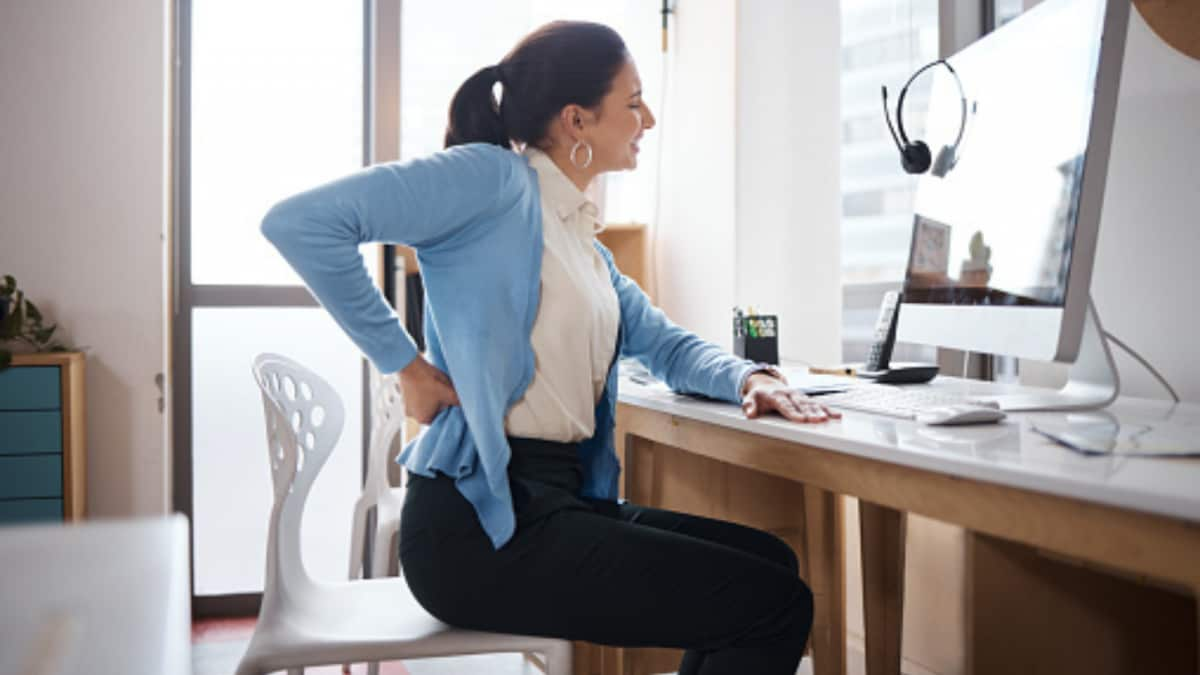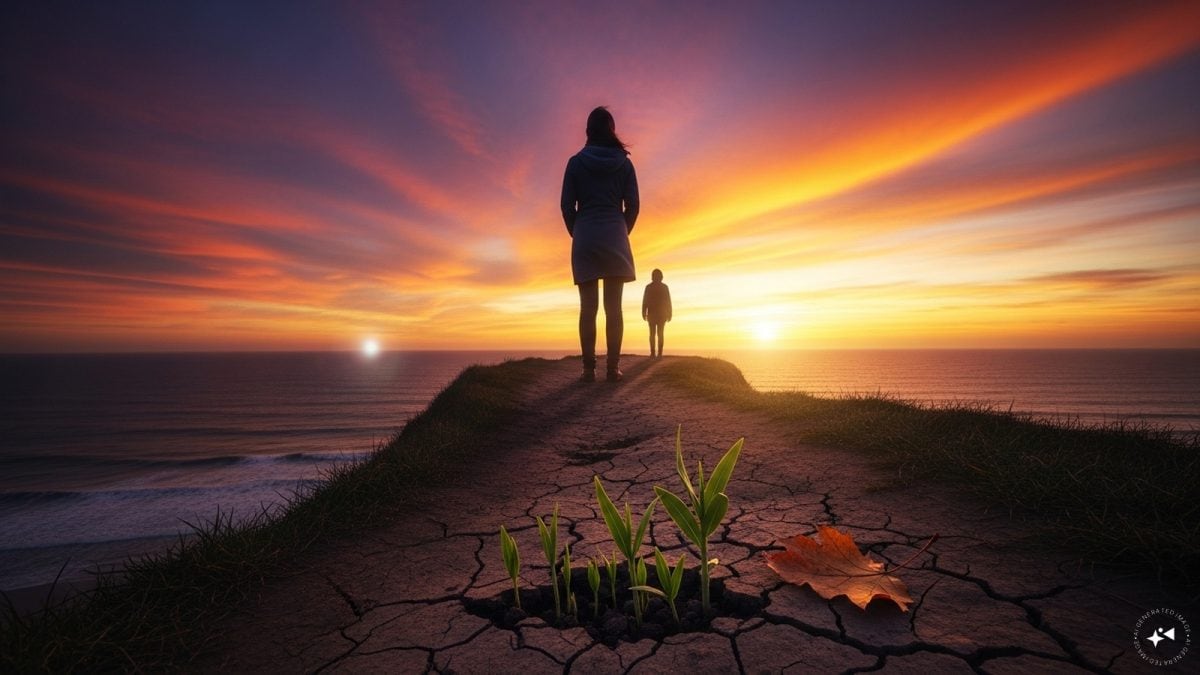Last Updated:
Kidney stones usually cause sharp back pain that radiates to the abdomen or groin. This pain is different from muscular back pain, which tends to be dull. and varies with posture.

Early diagnosis and treatment prevent complications and kidney damage.
Sudden, sharp back pain, especially just below the ribcage or in the lower back, can be alarming. While it’s easy to dismiss it as a muscle strain, such pain can sometimes be a sign of kidney stones. This common but often underestimated condition requires timely attention to prevent complications, including permanent kidney damage.
“Many patients mistake kidney stone pain for a regular backache, delaying diagnosis and risking further harm. Recognizing the difference can make all the difference,” says Dr. Hari Prasad, Consultant–Urology and Renal Transplant Surgeon, Manipal Hospital, Vijayawada.
Recognising the Symptoms
Kidney stone pain is usually severe, spasmodic, and radiates from the back to the abdomen or groin. Unlike muscle pain, which varies with posture, stone-related pain comes in intense waves and doesn’t ease with movement. Dr Prasad shares the other warning signs, which can include:
- Blood in urine (hematuria)
- Burning sensation while urinating
- Nausea or vomiting
- Poor urinary stream in cases of blockage
“If ignored, stones can cause urinary obstruction and lead to renal impairment, marked by a rise in serum creatinine,” warns Dr. Prasad.
Getting the Right Diagnosis
“Early evaluation helps us decide if the stone can pass naturally or if intervention is needed,” Dr. Prasad explains. When kidney stones are suspected, doctors recommend an ultrasound of the abdomen, a complete urine examination, and serum creatinine tests. These determine the size, location, and effect on kidney function.
Treatment Options Based on Size
- Small stones (≤1 cm): If kidney function is normal, these are often managed with medications, increased fluids, and pain relief – many pass on their own.
- Larger stones (>1 cm) or complicated cases: A CT scan may be needed, and minimally invasive procedures like laser lithotripsy are often used. “These advanced methods break stones into tiny pieces, allowing quicker recovery with less discomfort,” notes Dr. Prasad.
Preventing a Repeat Episode
Staying hydrated, adjusting diet based on stone type, and scheduling regular follow-ups are key to prevention. “After one episode, the chances of recurrence are higher, so preventive care is vital,” Dr. Prasad advises.
Kidney stones can cause severe pain and long-term kidney damage if left untreated. Recognising symptoms early, getting the right tests, and following preventive measures can help keep your kidneys healthy for the long run.
view comments
- Location :
Delhi, India, India







